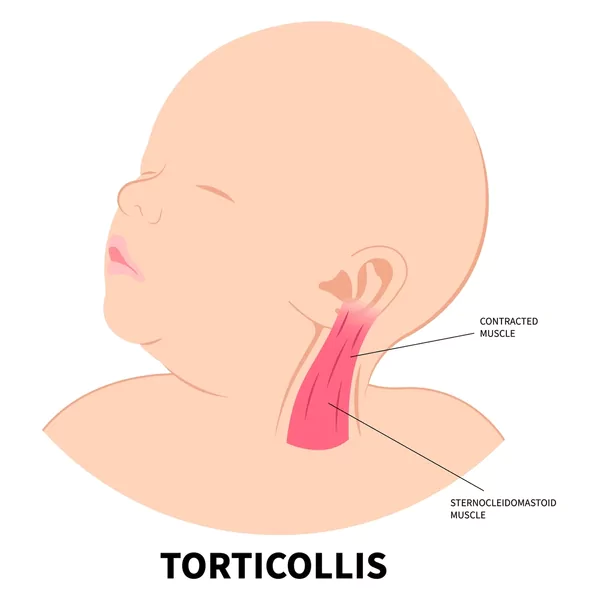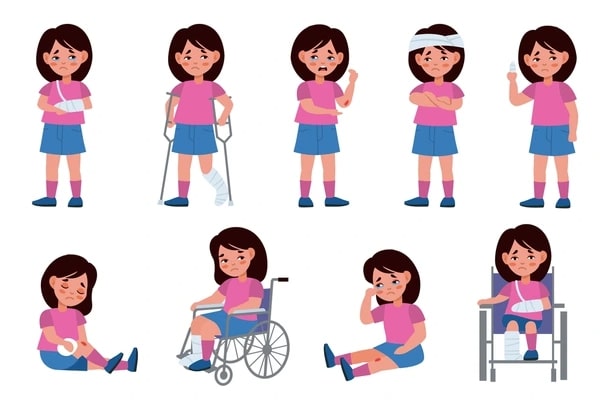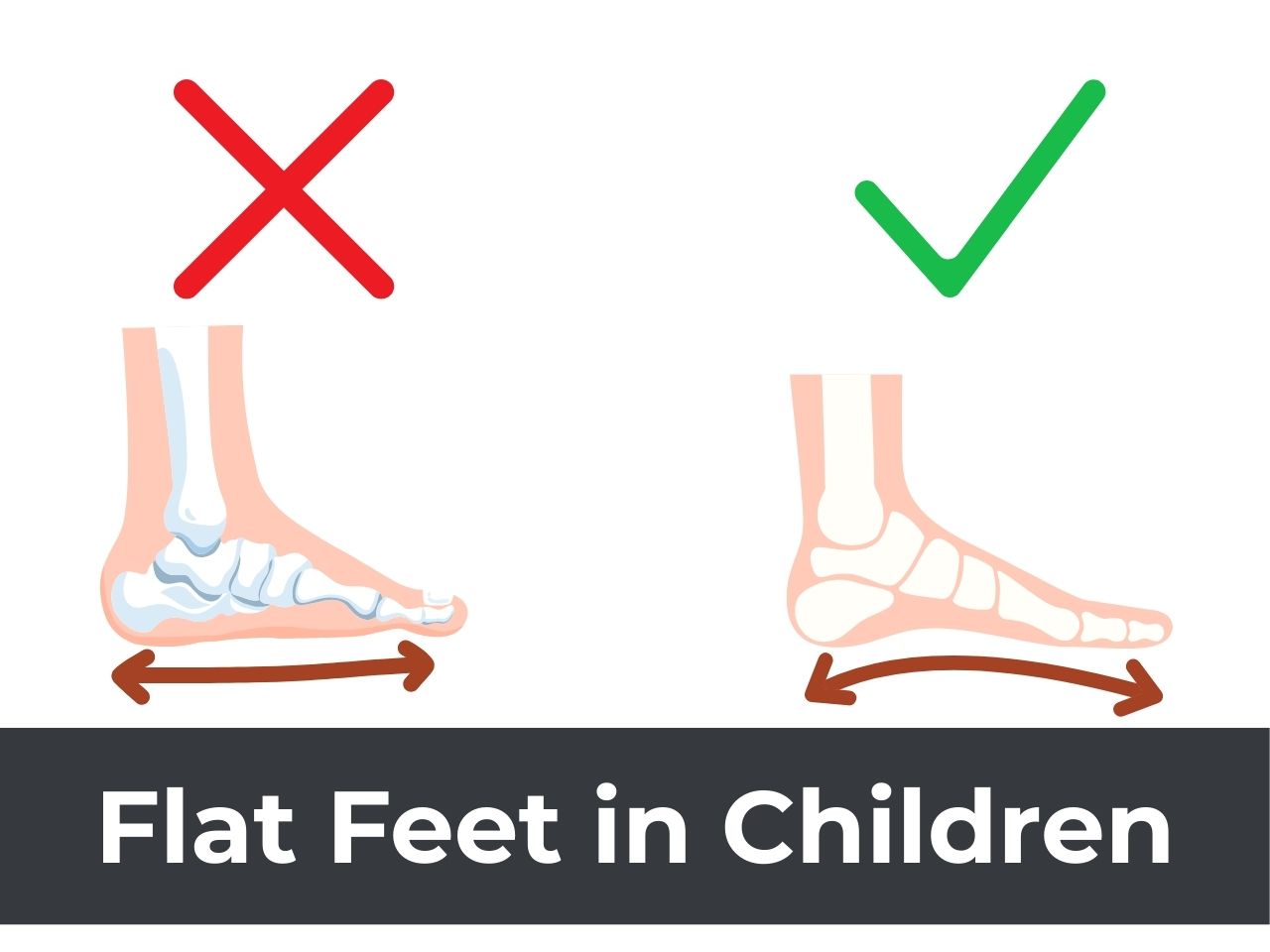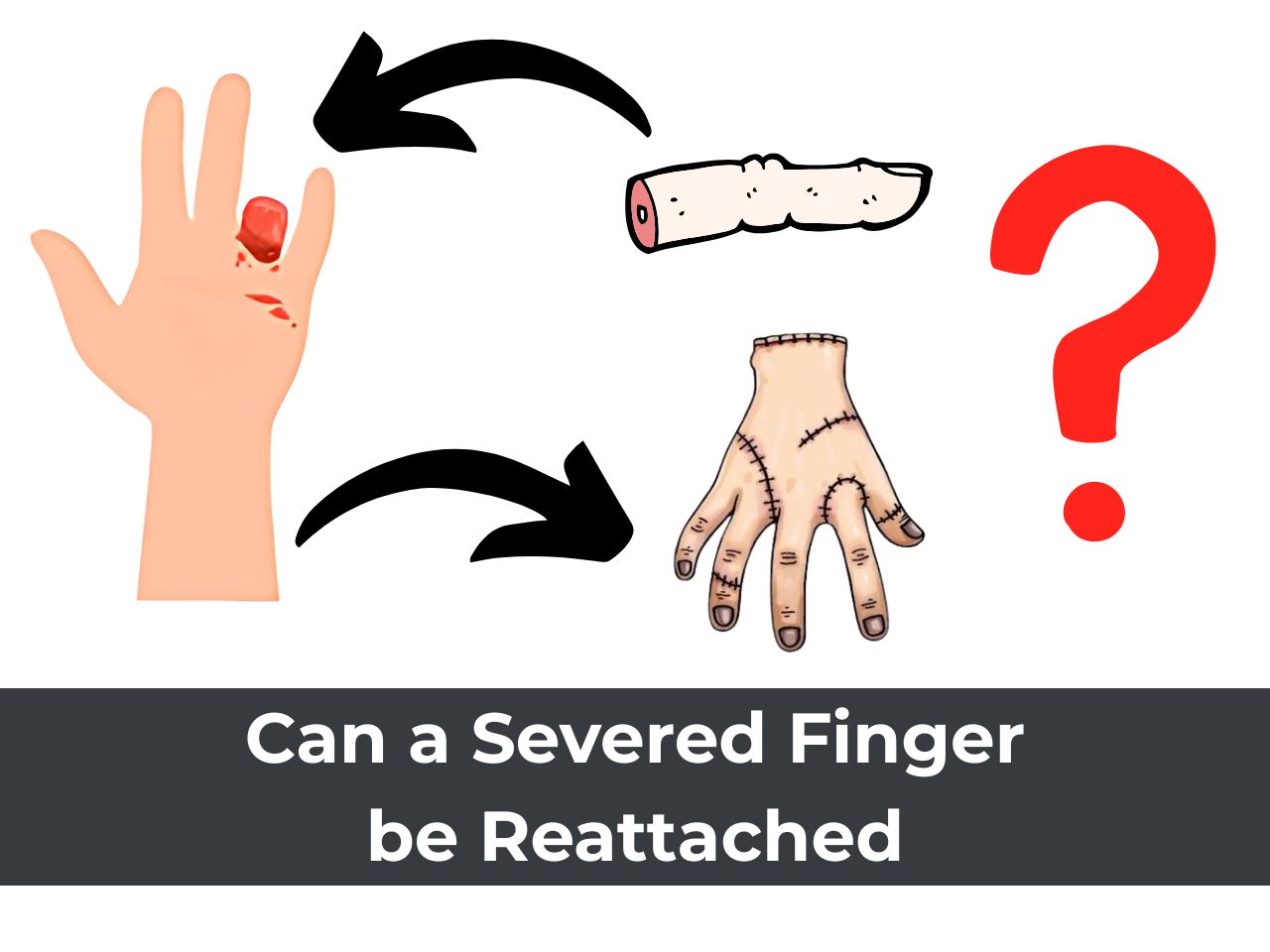Torticollis is a condition that may seem alarming to new parents, especially when they notice their baby consistently tilting their head to one side.
Fortunately, with early diagnosis and proper care, torticollis can be effectively treated.
In this article, Dr. Sandeep Vaidya, a renowned Pediatric Orthopedic Surgeon in Thane, explains everything parents need to know about torticollis in babies—from causes to treatment options and preventive care.
What is Torticollis?
Torticollis, also known as “twisted neck,” is a condition where a baby’s neck muscles become tight or shortened, causing the head to tilt to one side while the chin points to the opposite side. It can be congenital (present at birth) or acquired (developed later).
Torticollis affects the sternocleidomastoid (SCM) muscle, which connects the sternum, clavicle, and mastoid bone behind the ear. When this muscle is shortened or tight, it limits neck movement and affects the baby’s posture.
What Causes Torticollis?
- Congenital Torticollis
This is the most common form and is usually present at birth. Causes may include:
- The baby’s position in the womb (e.g., cramped space)
- Muscle injury during delivery, especially in difficult or assisted births
- Lack of amniotic fluid or abnormal uterus shape restricting movement
- Acquired Torticollis
This may develop after birth due to:
- Neck muscle injury or inflammation
- Viral or bacterial infections (such as upper respiratory tract infections)
- Neurological or vision problems
If you are wondering why does it happen, the answer usually lies in a combination of birth-related factors or postnatal conditions. An early visit to a child specialist doctor in Thane West can help identify the exact cause.
What are the Symptoms of Torticollis?
Parents may observe the following signs:
- Persistent head tilt to one side
- Chin pointing in the opposite direction of the tilt
- Limited neck movement or difficulty turning the head
- Difficulty breastfeeding on one side
- Flattening of one side of the head (positional plagiocephaly)
- Baby prefers looking in one direction
Recognizing these early signs is essential. The sooner the condition is addressed, the easier it is to treat.
How is Torticollis Diagnosed?
Diagnosis begins with a detailed physical examination by a Pediatric Orthopedic Surgeon in Thane like Dr. Sandeep Vaidya. Key assessments include:
- Evaluating range of neck movement
- Palpating the neck for tightness or swelling in the SCM muscle
- Assessing for any asymmetry in the head or face
In some cases, imaging such as an ultrasound or X-ray may be recommended to rule out other conditions or confirm the diagnosis.

Why Does It Happen?
Torticollis is commonly linked to:
- Intrauterine constraints or abnormal fetal positions
- Birth trauma during delivery (especially breech births or forceps use)
- Tightness of neck muscles due to limited movement in the womb
Understanding why torticollis happens is key to managing and preventing recurrence. The condition is not your fault, and with proper support, your baby can recover fully.
How is Torticollis Treated?
- Non-Surgical Treatment (Most Common)
- Physical therapy is the first line of treatment:
- Gentle stretching exercises prescribed by your doctor
- Encouraging tummy time to strengthen neck muscles
- Repositioning techniques during sleep and play
- Active parental involvement in daily exercises
- Use of special support pillows (only under medical guidance)
- Surgical Treatment (Rare)
In cases where conservative therapy doesn’t improve the condition after 12–18 months, surgical release of the SCM muscle may be considered.
Dr. Sandeep Vaidya offers personalized, non-invasive treatment plans tailored to each child’s needs at Pinnacle Ortho Centre Hospital.
Why Early Treatment Matters?
Early intervention is crucial for:
- Preventing long-term complications like facial asymmetry
- Supporting normal motor development
- Avoiding head shape abnormalities such as flat head syndrome
Babies respond best to therapy when treatment begins before 6 months of age. Early diagnosis by a child specialist doctor in Thane West can make a significant difference.
How Can I Prevent Torticollis?
While not all cases are preventable, here are some tips:
- Encourage tummy time several times a day
- Alternate your baby’s head position during sleep
- Limit time spent in car seats, swings, and bouncers
- Hold and feed your baby in different positions to promote balanced movement
- Watch for early signs and seek help promptly
Proactive care and observation during the first few months can reduce the risk of developing torticollis.
When Should You See a Pediatric Orthopaedic Surgeon?
Consult a specialist like Dr. Sandeep Vaidya if:
- Your baby has a persistent head tilt after 2–3 weeks
- Limited neck movement is observed
- You notice a flat spot on one side of the head
- Your pediatrician refers you for evaluation
With over 10 years of experience, Dr. Sandeep Vaidya is one of the trusted names for managing pediatric orthopedic issues in Thane.
Why Choose Dr. Sandeep Vaidya at Pinnacle Ortho Centre?
- 10+ years of specialized experience in pediatric orthopaedics
- Expert in managing congenital and developmental musculoskeletal conditions
- Comprehensive care in collaboration with therapists and pediatricians
- Compassionate approach in dealing with children and parents
- Easily accessible Pediatric Orthopedic Surgeon in Thane
📞 Book a Consultation: 7028859555
📧 Email: info@pinnacleorthocentre.org
Frequently Asked Questions (FAQs)
Q1. What is torticollis and how common is it in babies?
Torticollis is a condition where the baby’s neck is twisted due to tight muscles. It is one of the more common musculoskeletal conditions in newborns and infants.
Q2. What are the symptoms of torticollis in newborns?
Head tilt, limited movement, difficulty feeding, and a preference for looking in one direction are key symptoms.
Q3. How is torticollis diagnosed in babies?
Diagnosis is usually based on a physical exam by a Pediatric Orthopedic Surgeon. Imaging may be required in some cases.
Q4. How is torticollis treated in infants?
Physical therapy, stretching exercises, and positional changes are effective in most cases. Rarely, surgery may be needed.
Q5. Why does torticollis happen in some babies?
It may result from the baby’s position in the womb, birth trauma, or restricted movement during development.
Q6. Can torticollis go away on its own?
Mild cases may improve with time and regular tummy time, but medical guidance ensures proper and faster recovery.
Q7. How can I prevent torticollis in my baby?
Promote tummy time, vary sleeping positions, and monitor the baby’s head alignment regularly.
For expert evaluation and compassionate care, consult Dr. Sandeep Vaidya, Pediatric Orthopedic Surgeon in Thane, at Pinnacle Ortho Centre Hospital.
📞 Phone: 7028859555
📧 Email: info@pinnacleorthocentre.org






0 Comments